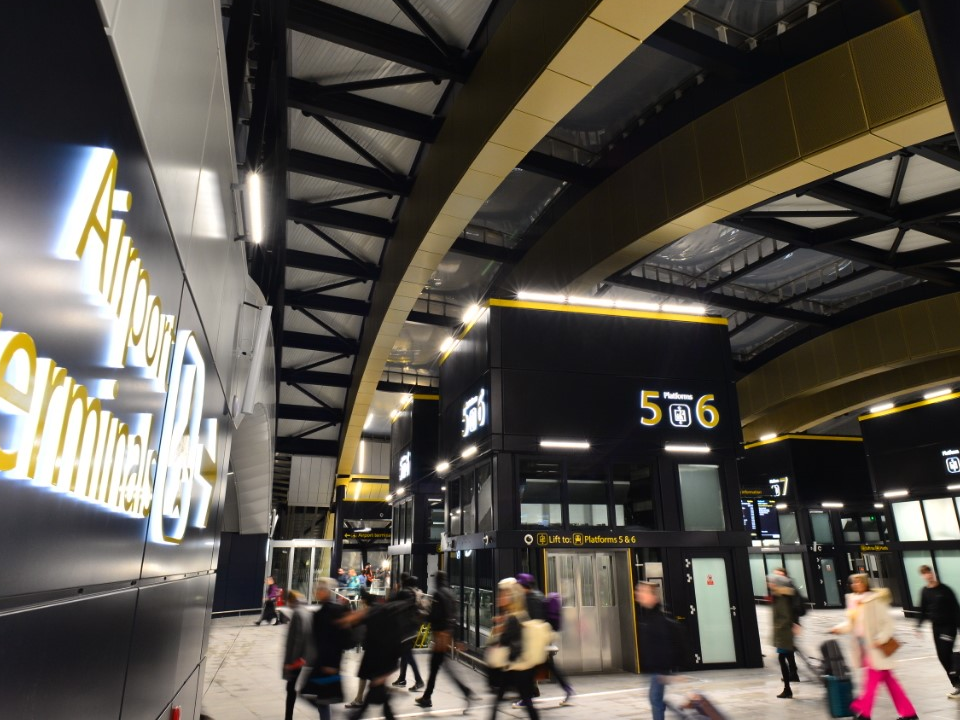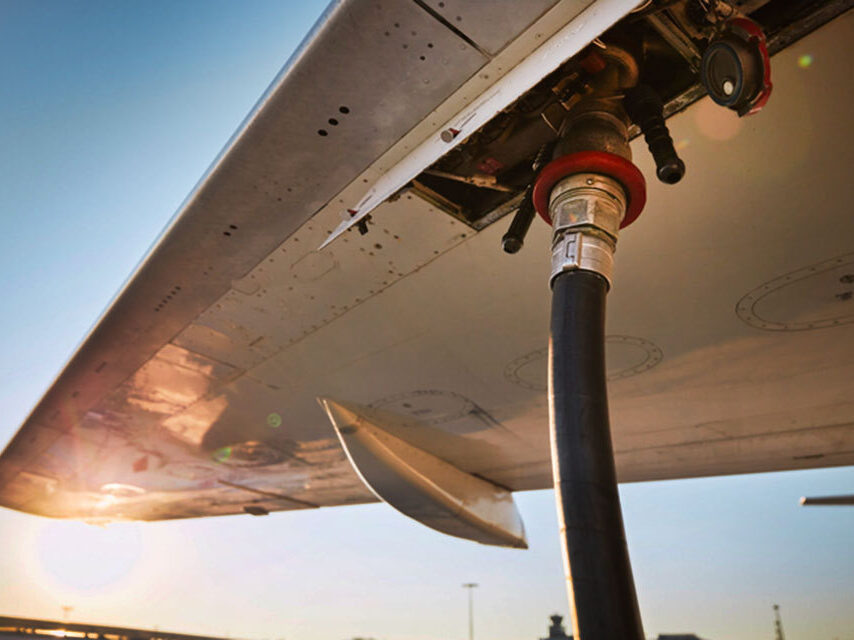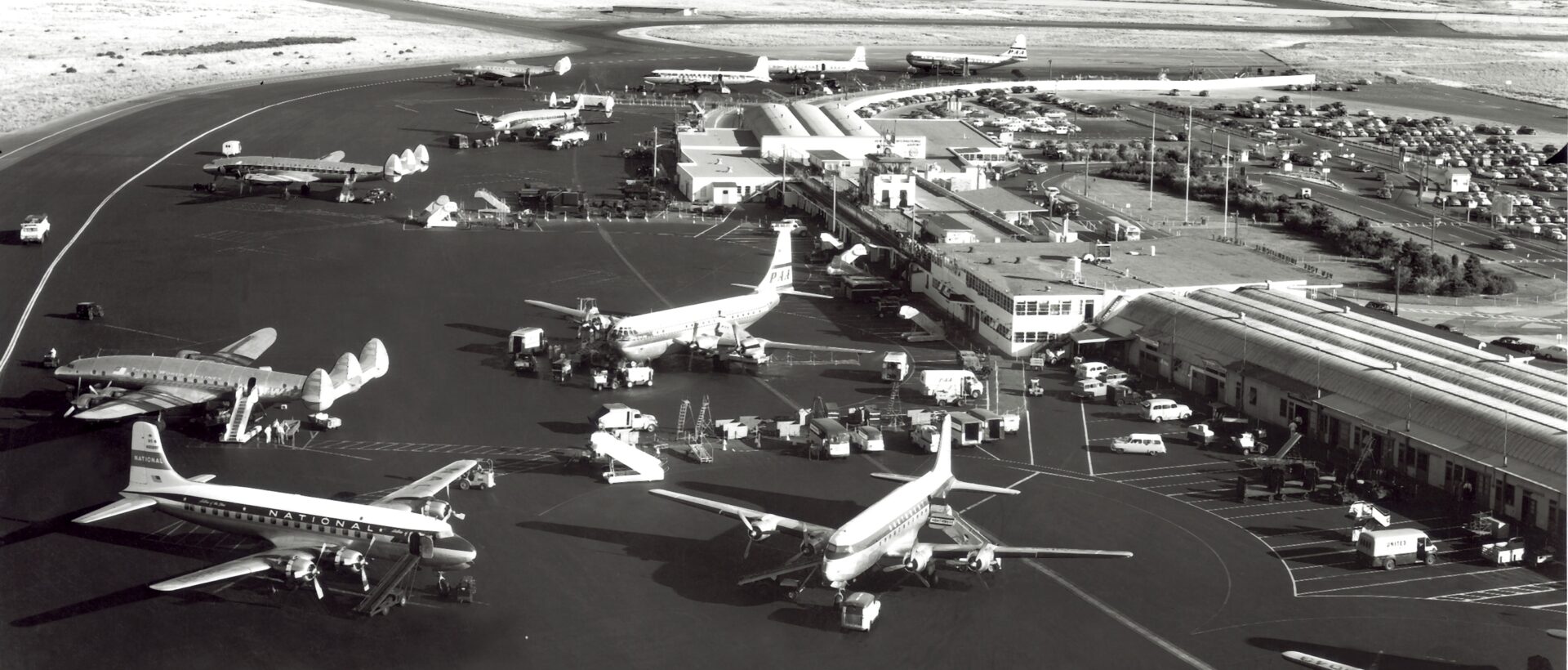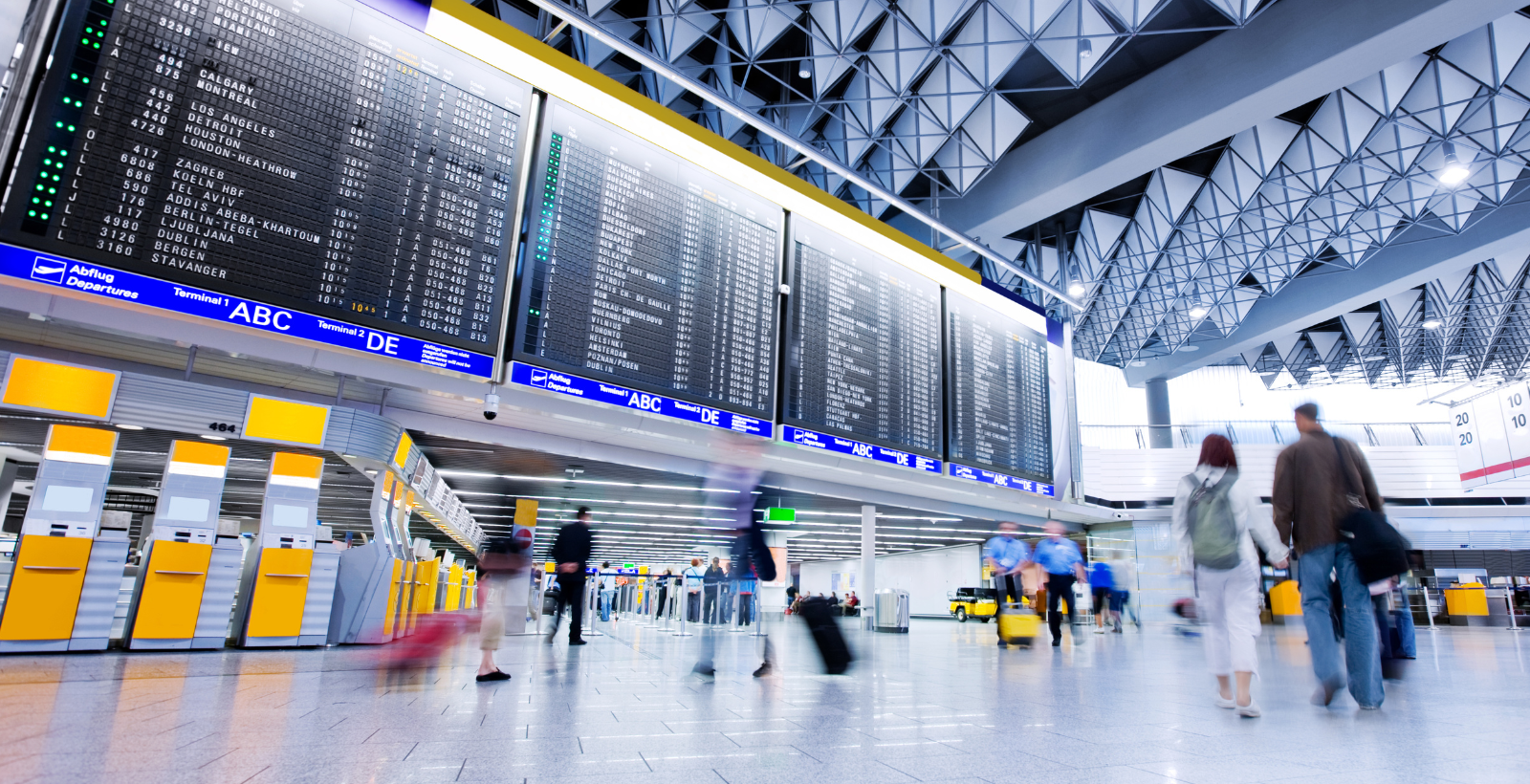Airport codes are essential for air travel, helping to identify airports clearly and efficiently in various aviation and travel systems. There are two main types of codes used globally: ICAO codes and IATA codes. Though they both identify airports, they serve different purposes and follow different formats.
What Are IATA Codes?
IATA codes are the three-letter airport codes most familiar to passengers. They are assigned by the International Air Transport Association (IATA) and are widely used in passenger-facing systems such as:
- Airline tickets
- Boarding passes
- Baggage tags
- Flight booking websites
Notable examples include:
- LHR — London Heathrow
- JFK — New York John F. Kennedy
- CDG — Paris Charles de Gaulle
These codes are designed to be easy to recognise and remember, often reflecting the airport or city name. Learn more about the history of iconic airport codes in North America.

What Are ICAO Codes?
ICAO codes are four-letter alphanumeric codes assigned by the International Civil Aviation Organization (ICAO). They are primarily used by air traffic control, pilots, and airline operations for safety and logistics. ICAO codes are critical for:
- Flight planning
- Air traffic management
- Airline operations such as cargo handling and maintenance
Key examples include:
- EGLL — London Heathrow
- KJFK — New York John F. Kennedy
- LFPG — Paris Charles de Gaulle
ICAO codes provide a unique global standard, making it easier for aviation professionals to communicate precisely about airports worldwide.
How Are ICAO Codes Structured?
ICAO codes follow a regional system where the first one or two letters identify the country or region:
- E — Northern Europe
- EG — United Kingdom (e.g., EGLL for Heathrow, EGCC for Manchester)
- EH — Netherlands
- LF — France
- K — United States
The remaining letters generally identify the specific airport.
Why Two Systems?
The existence of two systems reflects their different functions. IATA codes are designed for simplicity and ease of use by passengers and commercial travel industries. They focus on convenience and memorability.
ICAO codes prioritise safety, precision, and consistency across the global aviation system, which requires more complex, regionally structured codes.
While both ICAO and IATA codes identify airports, they serve distinct purposes within the aviation world.












